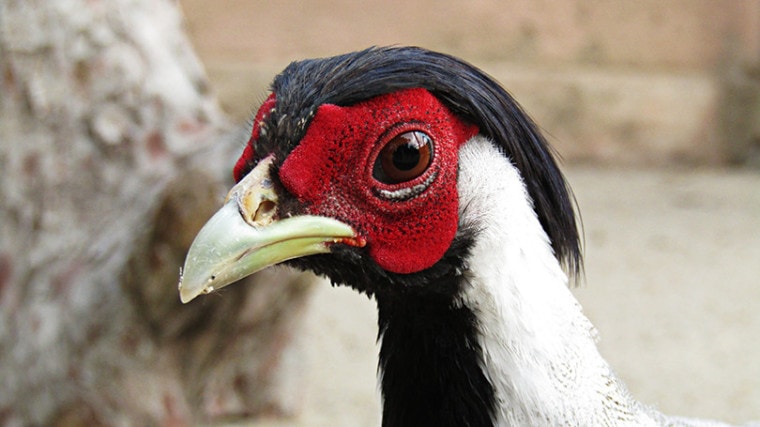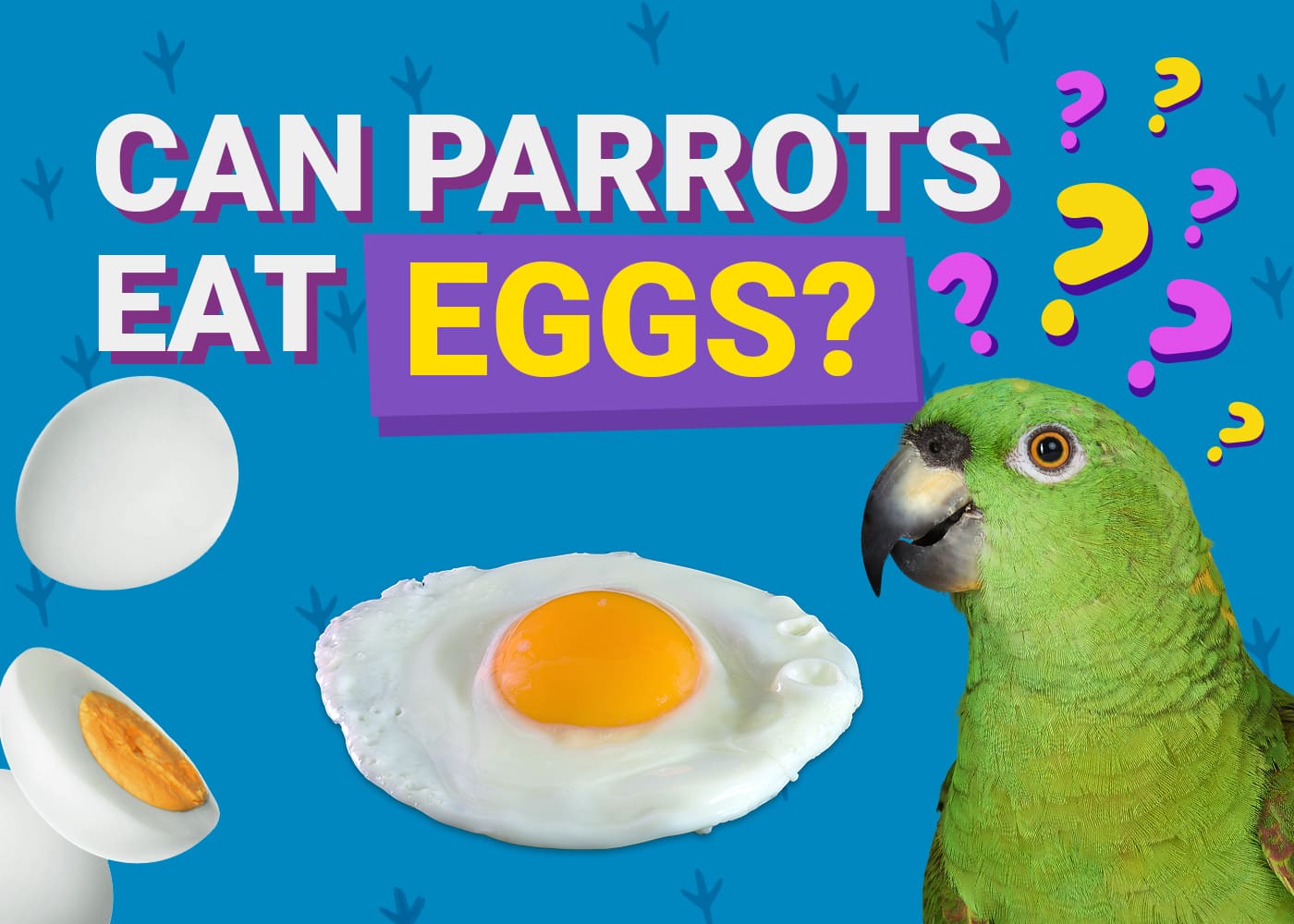
When deciding on bringing a new animal into the family, we want to ensure that we can give the new animal everything they need to flourish. Silver Pheasants are uncommon to see in the United States, but they’re becoming popular amongst aviculturists for their low maintenance.
Quick Facts About Silver Pheasants
| Breed Name: | Lophura nycthemera |
| Place of Origin: | Eastern and Southern China |
| Uses: | Companionship, Egg-laying |
| Male Size: | 28–49 in, 2.49–4.41 lbs |
| Female Size: | 22–35 in, 2.2–2.9 lbs |
| Color: | Grey, Silver (male), Brown (female) with red face and legs |
| Lifespan: | 15–20 years |
| Climate Tolerance: | Prefers mild weather |
| Care Level: | Requires an aviary but needs no special care Suitable for beginners |
| Production: | Up to 30–40 eggs per season |
Silver Pheasant Origins

The Silver Pheasant is a bird first documented in Chinese folklore. They are endemic to Southeast Asia and Eastern and Southern China but have been successfully introduced to Hawaii and some areas of the United States.
In the modern-day, Silver Pheasants are common in aviculture and remain common in the wild. However, some subspecies of the Silver Pheasant endemic to Southeast Asia are considered rare and threatened.
Silver Pheasant Characteristics
Silver Pheasants are quiet and mild birds. Unlike some birds, they won’t dig up or eat any plants planted in and around their aviary. They’re fantastic birds for beginner aviculturists because they don’t require special care.
They are not pinioned and can fly if their wings aren’t clipped. Prospective owners will need to invest in a covered aviary to keep their birds from simply flying away. You can also have their wings clipped, but you’ll want to get a professional to show you how to do that before you attempt it yourself.
Silver Pheasant Uses
Silver Pheasants usually don’t become fertile until their second year of life. The female will lay a clutch of 6–12 eggs during the breeding season—from around March or April until the end of May—but can continue to lay upwards of 30 or 40 eggs if the eggs are removed from her nest.
A Silver Pheasant will lay about 20 eggs on average during the breeding season without worry. There may be health risks if she lays too many eggs, as with any bird.
Silver Pheasant Appearance & Varieties
There are 15 recognized subspecies of the Silver Pheasant.
The male Silver Pheasant, much like the name implies, has silvery-grey feathers. Females have brown feathers on their bodies. Both sexes have red faces and red legs; the latter trait separates them from the Kalij Pheasant.
The male Silver Pheasant varies significantly in size, with the largest subspecies averaging a body length of 47–49 inches and the smallest subspecies barely reaching 28 inches.
Silver Pheasant Population, Distribution, & Habitat
The natural habitat of the Silver Pheasant is mountainous forests. They’re found across Eastern and Southern China and the mountains of Laos, Vietnam, and Thailand.
The population of Silver Pheasants in the wild is generally without cause for concern. Most of the endemic population in China and Southeast Asia hasn’t suffered much overhunting or loss of habitat. However, the Whitehead, Engelbachi, and Annamensis subspecies are threatened. Some populations of wild Silver Pheasants were introduced to the islands of Hawaii and America, but the birds remain uncommon in the States.
Are Silver Pheasants Good for Small-Scale Farming?
Silver Pheasants are suitable for starter aviculturists because they lack special care needs. Silver Pheasants don’t need much besides aviary and fresh, nutritious food. Because they don’t lay eggs year-round, they are not particularly good for egg farming. So, any pet parents looking to get started with egg farming will want to pass on a Silver Pheasant.
Final Thoughts
Silver Pheasants are gorgeous and unique birds that are ideal for novice aviculturists. While they may not be good for egg farming, they make lovely companion birds that lay eggs during the breeding season. Silver Pheasant chicks are friendly with other birds and humans alike; people who raise them report no difficulty in hand-taming the chicks. Whether you’re a novice or veteran aviculturist, you’ll love having Silver Pheasants in your life!
See Also:
Featured Image Credit: Piqsels








